The ads are always in your face. "The Freshest," "Never Frozen," and my personal favorite, "Locally Grown." You see them on television, in print and on billboards. Places like Wendy's and Chipotle are making their meals sound downright healthy.
But don't be fooled. Freshness doesn't always equal good for you.
That "fresh, never frozen" Baconator burger from Wendy's has 970 calories, 63 grams of fat and more than 2,000 mgs of sodium. And the chicken burrito from Chipotle -- which touts the localness of its meats on its cups and billboards -- has 1015 calories and 39 grams of fat, plus 2,170 mgs of sodium when pilled up with rice, black beans, salsa, sour cream, cheese and lettuce.
It's enough to give you a "fresh" heart attack, not to mention "locally grown" extra pounds. Fast food restaurants aren't able to tout strong nutritional value or low fat in their burgers, burritos and shakes. So they're hoping by saying their food is fresh that you'll falsely assume it's healthy. As if our country's obesity epidemic has been caused by people splurging on frozen foods.
Dieticians will tell you the best way to a healthy diet is to watch your intake of calories, fat and sodium, and to ensure you're eating plenty of fruits and vegetables. The distance from farm to plate and the temperature the produce was stored in are mere afterthoughts.
The truth is that frozen meals and ingredients can actually play a large role in a healthy diet, and equating "fresh" with "healthy" can get you into a lot of trouble.
When we think about frozen entrees, many of us immediately have images of 1950s TV dinners in plastic trays with dividers between the entrée, sides and dessert. The meat was colorless, the veggies limp and the dessert either frozen or scalding hot. It had a reputation second only to airplane food.
But today, frozen foods are better tasting, better looking and better for you. Because unlike those French fries and burritos at your local takeout place, the meals in your freezer are portion-controlled and nutritionally-consistent.
Let's say you're craving lasagna. If you were to go to Olive Garden and order their lasagna classico, you'd be consuming 850 calories, 47 grams of fat, and 284 mgs of sodium. But the Stouffer's lasagna in your freezer has only 260 calories, 9 grams of fat and 690 mgs of sodium.
It's healthier, cheaper and best of all, it is usually a single serving. Too often, individual restaurant and fast food meals are enough to feed a whole family. Frozen foods are often individually portioned to help you eat a more appropriate meal. Plus, there are several lines of products catering to those watching calories, offering a wide variety of diet-friendly takes on Italian, Asian and American classic cuisine.
Plus everything is on the label, helping those of us counting calories and fat. We know exactly what we are getting in a frozen dinner, while restaurant meals seesaw in fat content based on the chef's daily whims and your personal requests. And restaurants have hidden their nutritional value in dark corners of their websites, where only intrepid searchers can find them.
While we'd all love to get all our produce from our backyard, the local farm or an organic market, that's just not practicable or affordable for many of us. Frozen entrees provide a responsible way for consumers to get the nutrients they need. Fruits and vegetables are often frozen at the moment of peak flavor, ensuring a better taste and quality than fast food. And freezing does not compromise nutritional value. In fact, produce that is quick frozen at peak freshness has superior nutritional value than fresh veggies.
I have plenty of friends who aren't good cooks and rely on frozen meals or ingredients to help them make simple, healthy meals for their family. It's a much better alternative to always running out to the local pizza parlor or burger joint. Plus, it's cheaper and promotes family togetherness around the dinner table.
So be wary of any restaurant that tells you how "fresh" its food is. It probably has very little else good to say.
For more on personal health, click here.